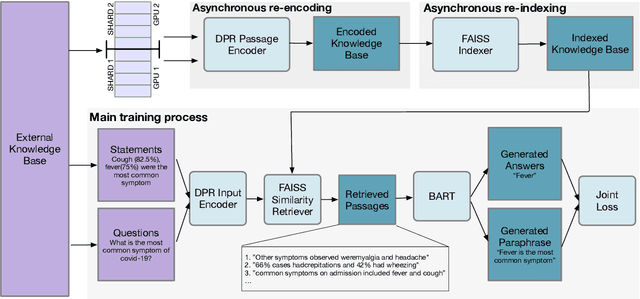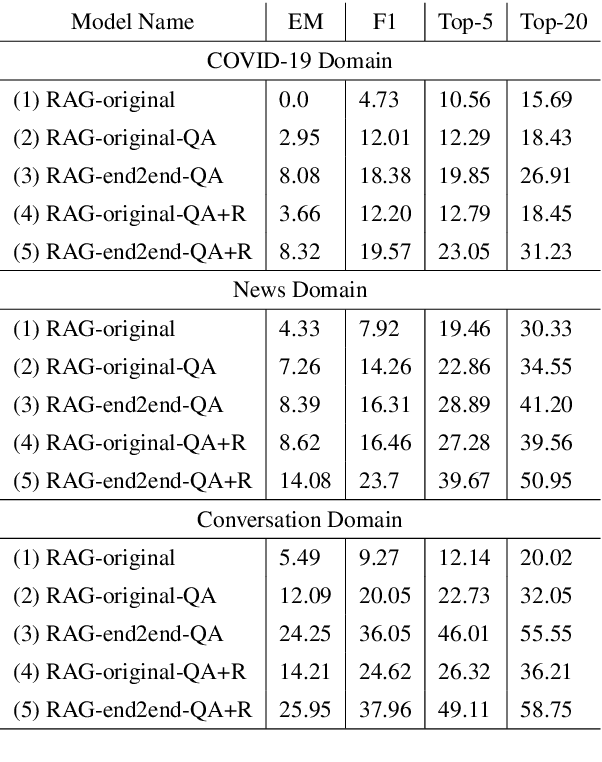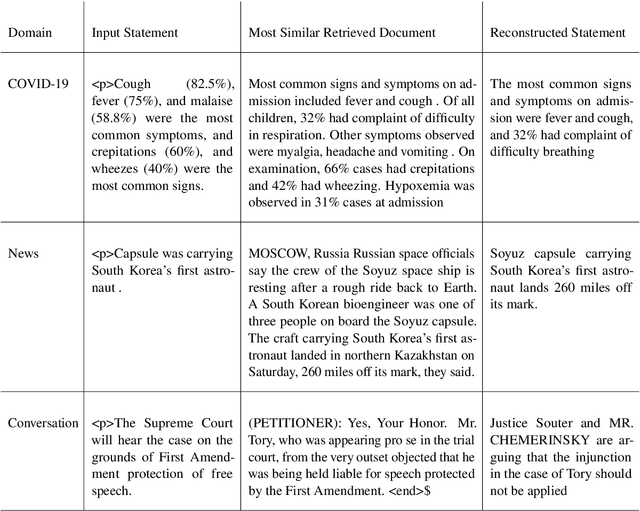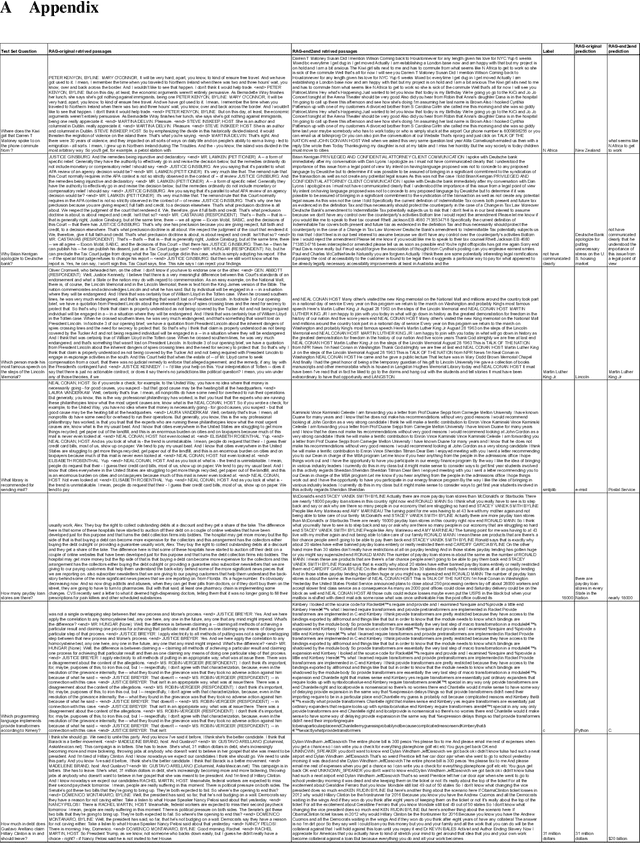Elliott Wen
The University of Auckland
VR.net: A Real-world Dataset for Virtual Reality Motion Sickness Research
Jun 06, 2023Abstract:Researchers have used machine learning approaches to identify motion sickness in VR experience. These approaches demand an accurately-labeled, real-world, and diverse dataset for high accuracy and generalizability. As a starting point to address this need, we introduce `VR.net', a dataset offering approximately 12-hour gameplay videos from ten real-world games in 10 diverse genres. For each video frame, a rich set of motion sickness-related labels, such as camera/object movement, depth field, and motion flow, are accurately assigned. Building such a dataset is challenging since manual labeling would require an infeasible amount of time. Instead, we utilize a tool to automatically and precisely extract ground truth data from 3D engines' rendering pipelines without accessing VR games' source code. We illustrate the utility of VR.net through several applications, such as risk factor detection and sickness level prediction. We continuously expand VR.net and envision its next version offering 10X more data than the current form. We believe that the scale, accuracy, and diversity of VR.net can offer unparalleled opportunities for VR motion sickness research and beyond.
Improving the Domain Adaptation of Retrieval Augmented Generation (RAG) Models for Open Domain Question Answering
Oct 06, 2022



Abstract:Retrieval Augment Generation (RAG) is a recent advancement in Open-Domain Question Answering (ODQA). RAG has only been trained and explored with a Wikipedia-based external knowledge base and is not optimized for use in other specialized domains such as healthcare and news. In this paper, we evaluate the impact of joint training of the retriever and generator components of RAG for the task of domain adaptation in ODQA. We propose \textit{RAG-end2end}, an extension to RAG, that can adapt to a domain-specific knowledge base by updating all components of the external knowledge base during training. In addition, we introduce an auxiliary training signal to inject more domain-specific knowledge. This auxiliary signal forces \textit{RAG-end2end} to reconstruct a given sentence by accessing the relevant information from the external knowledge base. Our novel contribution is unlike RAG, RAG-end2end does joint training of the retriever and generator for the end QA task and domain adaptation. We evaluate our approach with datasets from three domains: COVID-19, News, and Conversations, and achieve significant performance improvements compared to the original RAG model. Our work has been open-sourced through the Huggingface Transformers library, attesting to our work's credibility and technical consistency.
Fine-tune the Entire RAG Architecture for Question-Answering
Jun 22, 2021Abstract:In this paper, we illustrate how to fine-tune the entire Retrieval Augment Generation (RAG) architecture in an end-to-end manner. We highlighted the main engineering challenges that needed to be addressed to achieve this objective. We also compare how end-to-end RAG architecture outperforms the original RAG architecture for the task of question answering. We have open-sourced our implementation in the HuggingFace Transformers library.
Optimizing Controller Placement for Software-Defined Networks
Feb 14, 2019



Abstract:Controller placement problem (CPP) is a key issue for Software-Defined Networking (SDN) with distributed controller architectures. This problem aims to determine a suitable number of controllers deployed in important locations so as to optimize the overall network performance. In comparison to communication delay, existing literature on the CPP assumes that the influence of controller workload distribution on network performance is negligible. In this paper, we tackle the CPP that simultaneously considers the communication delay, the control plane utilization, and the controller workload distribution. Due to this reason, our CPP is intrinsically different from and clearly more difficult than any previously studied CPPs that are NP-hard. To tackle this challenging issue, we develop a new algorithm that seamlessly integrates the genetic algorithm (GA) and the gradient descent (GD) optimization method. Particularly, GA is used to search for suitable CPP solutions. The quality of each solution is further evaluated through GD. Simulation results on two representative network scenarios (small-scale and large-scale) show that our algorithm can effectively strike the trade-off between the control plane utilization and the network response time.
 Add to Chrome
Add to Chrome Add to Firefox
Add to Firefox Add to Edge
Add to Edge